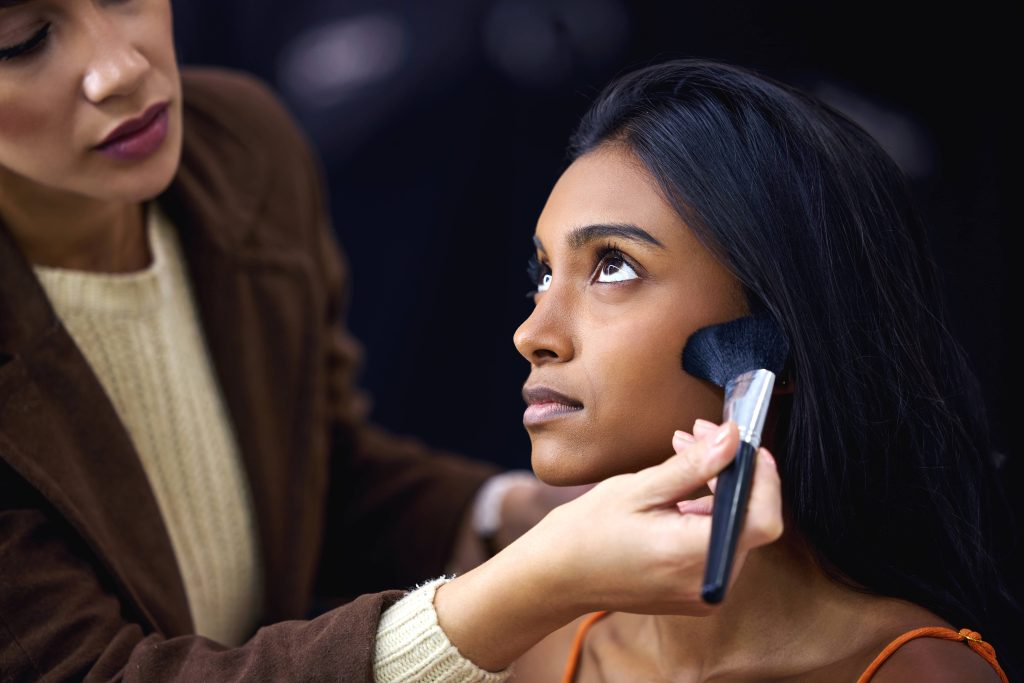
In the ever-evolving world of skincare and beauty, Asia has consistently been at the forefront, leading innovation and setting global trends. Two powerhouses in this region are South Korea and Japan, each offering its unique skincare philosophy and approach. Known as K-Beauty and J-Beauty, these movements have captivated beauty enthusiasts worldwide. While they share similarities, distinct differences set them apart, making them appealing to different audiences. In this post, we’ll delve into the differences between these two beauty philosophies, helping you understand which might suit your skincare needs best.
Origins and Evolution
Understanding the roots of K-Beauty and J-Beauty gives insight into their distinct characteristics. K-Beauty, or Korean Beauty, rose to global prominence in the early 2010s, although South Korea had been cultivating its skincare traditions much earlier. Leveraging the country’s advanced technology and innovative spirit, K-Beauty became synonymous with multi-step skincare routines, playful packaging, and product innovation, including the worldwide obsession with BB creams, sheet masks, and cushion compacts.
J-Beauty, or Japanese Beauty, meanwhile, has a longer history that blends traditional beauty practices with cutting-edge science. Japan has been revered for its minimalist and efficient approach to skincare. The Japanese are deeply influenced by the principles of simplicity, harmony, and nature – principles that are deeply embedded in J-Beauty practices. The focus on skincare over makeup, and rituals that are passed through generations, such as double cleansing and the use of lightweight lotions, embody Japanese philosophy.
Skincare Philosophy
The philosophy of K-Beauty revolves around achieving radiant and youthful skin, often described as ‘glass skin.’ This ethereal look is characterized by smooth, clear, and intensely hydrated skin, akin to the reflective surface of glass. K-Beauty encourages a multi-step process aimed at cleansing, treating, and hydrating the skin with a series of products – often ranging from 7 to 10 steps or more. This routine involves double cleansing, exfoliating, toning, essence, various serums, mask, eye cream, moisturizer, and sun protection.
Contrastingly, J-Beauty advocates for a more minimalist and mindful approach. Japanese skincare highlights the importance of prevention and protection, focusing on enhancing the skin’s natural barrier rather than altering or over-stimulating skin processes. This philosophy places emphasis on nurturing the skin with fewer, but high-quality, steps: double cleansing, lotion, serum, moisturizer, and sun protection. The intent is to maintain skin balance and strengthen it over time, prioritizing long-term health over immediate results.
Product Ingredients and Technology
Both K-Beauty and J-Beauty make use of powerful natural ingredients but in different ways coupled with distinct technology applications.
K-Beauty is renowned for its inclusion of unique and sometimes unconventional ingredients. Snail mucin, bee venom, volcanic ash, ginseng, and fermented ingredients are examples often found in Korean products. Korean beauty is experimental; companies frequently release new products, driving a cycle of continuous innovation.
In J-Beauty, the focus is on tried-and-tested ingredients known for providing results over centuries. Elements like rice bran, seaweed, green tea, Camellia oil, and silk are staples due to their historical usage in Japanese culture. Japan’s strength lies in the seamless blending of these natural components with advanced scientific research and technology, delivered in highly effective and luxuriant formulations.
Packaging and Aesthetic
A key difference lies in the aesthetics and presentation of products. K-Beauty products are often instantly recognizable with their bright colors, whimsical designs, and creative packaging, appealing to younger demographics and those who appreciate playful aesthetics.
On the other hand, J-Beauty embraces elegance and simplicity, often characterized by understated, sophisticated packaging that reflects the minimalist approach of the Japanese lifestyle. This appeals to those who lean toward classic or more mature presentations.
Consumer Experience and Market
The consumer experience is another area where K-Beauty and J-Beauty diverge. K-Beauty thrives on the “skin-first” philosophy, encouraging engagement through digital platforms and beauty influencers who share detailed skincare regimes and product reviews, making it more accessible and engaging in a digital context.
J-Beauty, while digitally present, often benefits from a breadth of luxurious, in-store experiences. Department stores in Japan offer comprehensive consultations and personalized services, emphasizing slow, thoughtful immersion into their skincare processes.
Conclusion
Ultimately, the choice between K-Beauty and J-Beauty boils down to personal preferences and skincare goals. K-Beauty is ideal for those who love trying new products, experimenting with vibrant and fun cosmetics, and are committed to a rigorous skincare routine that promises visible changes quickly. J-Beauty, on the other hand, resonates with individuals who seek a holistic approach to skincare, prioritizing long-term skin health with minimal fuss and maximum efficacy.
In the end, both K-Beauty and J-Beauty offer rich experiences and effective solutions tailored to different lifestyles and beauty philosophies, shedding light on the broader, culturally-enriched world of Asian beauty. Whichever path you choose, you’re promised not only transformative skincare results but also a deeper appreciation for the beauty rituals stemming from these two vibrant cultures.



